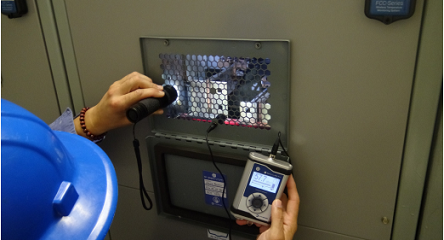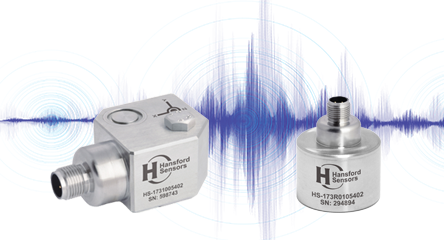Articles
The Limitations of Online Asset Monitoring
Businesses are constantly reminded about the need to transform digitally, and are presented with opportunities to embed technology across almost every aspect of their operations.
There are of course huge advantages to digitization and we promote our own solutions to digitize asset management, including OnePM® and our digital strategy knowledge base. However, there are times when businesses need to put the brakes on when it comes to digitization before reaching the point of diminishing returns.
This is especially true when it comes to connected devices, online asset monitoring, health, condition assessment, and asset failure diagnostics and prognostics.
In recent years, the costs of sensors and data storage have reduced dramatically, making online monitoring a seemingly affordable option for managing reliability. The reality is that effective online monitoring can be quite expensive, particularly when attempting to deploy at scale. Organizations are determining that there simply isn’t economies of scale when it comes to effort to implement.
This is primarily due to the cost of consulting and creating models that can analyze inputs like temperature, vibration, and differences in pressure and then identify degradation. These costs can be justified for monitoring high criticality assets, but for the moment, it makes online monitoring difficult to scale, because each model is different based on the localized and specific operating context context of each asset installation.
A potentially bigger issue with online monitoring is that despite the investment involved, it is still a reactive activity. It is important to point this out because it is easy to think that by applying technologies like AI or ML you are being proactive. Worse still, you may feel that once this monitoring is in place, you can sit back and let that asset manage itself. That leads to a whole host of problems, not the least of which is an environment where you are constantly reacting to degradation or failure and unable to perform routine maintenance.
A strategic approach to online asset monitoring
So how can you leverage the benefits of online monitoring without overinvesting or falling into the trap of being reactive? The solution is to apply online monitoring as part of a more proactive strategy for asset management. The asset reliability strategy should come first as this will help you establish clear priorities for asset management and care, whether it is true reliability or optimizing performance, cost and risk.
Taking these priorities into account and weighing up the costs vs the benefits, you can make better decisions as to where online monitoring should be applied. And if you do decide to implement online monitoring, your strategy will help prevent a scenario of “set and forget” by incorporating measures like essential routine maintenance.
The bottom line is don’t overemphasize the importance of online monitoring or believe that it will solve all your challenges. A balanced approach, led by strategy, will help you make the right decisions on where to invest in online monitoring and ultimately optimize the value provided.





